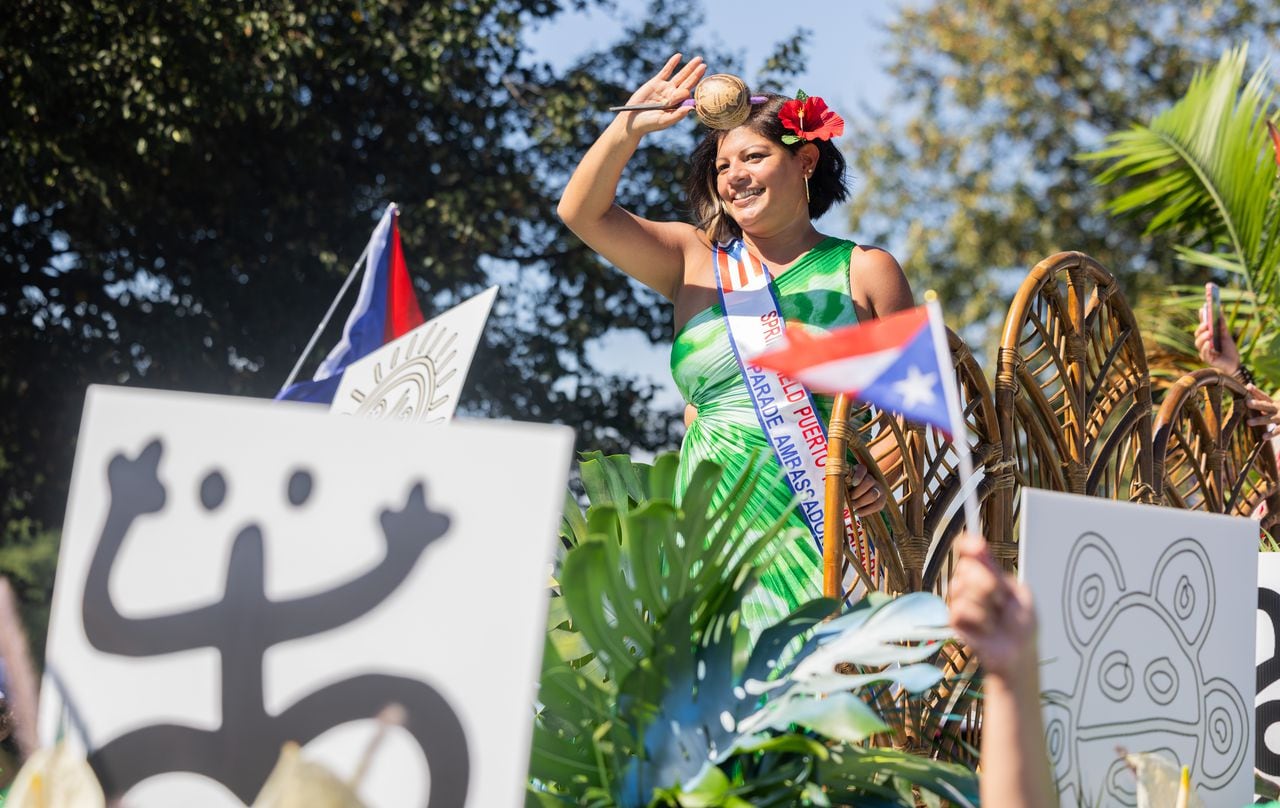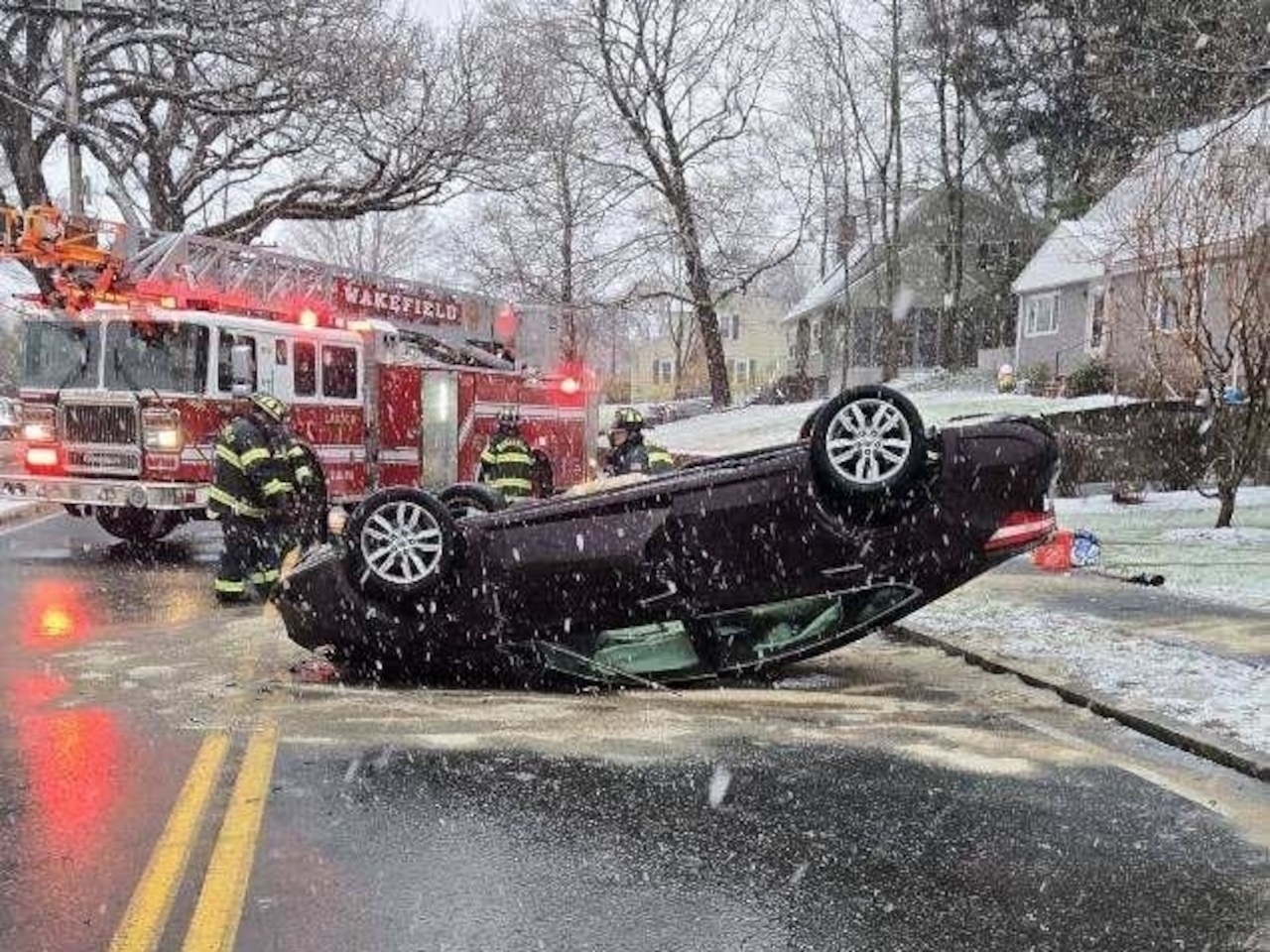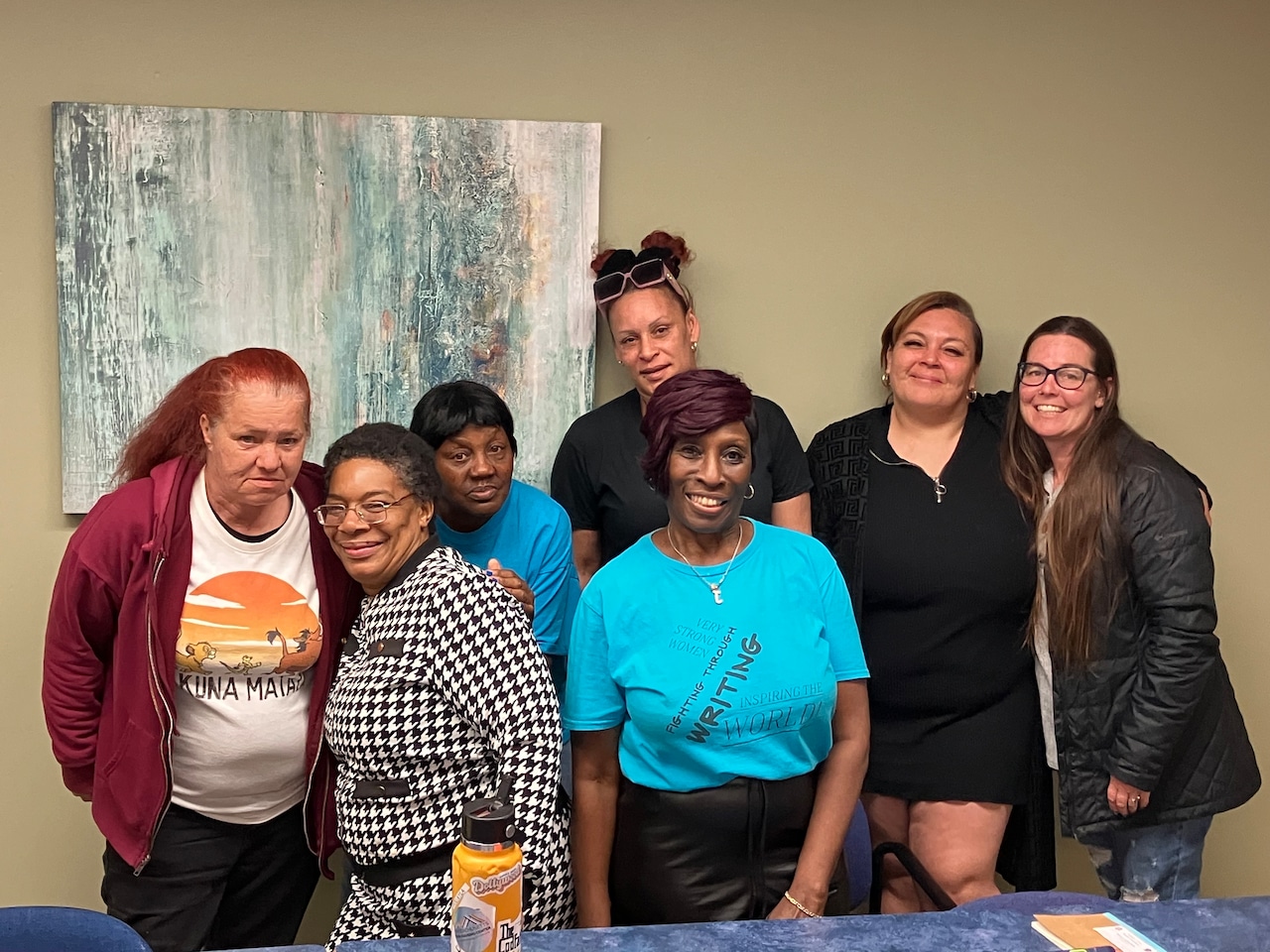
The first indigenous people encountered by Christopher Columbus in 1492 are not always widely recognized.
Patricia Chali’naru Dones, a Newton resident, works to preserve the culture of Puerto Rico’s native population called the Taíno. Many people are unaware that common English words come from the island’s indigenous people, she said.
Anyone who has floated downriver on a “canoe,” laid on a “hammock” or enjoyed a flavorful “barbecue” can thank Taíno culture for inventing those words, according to Dones. The Smithsonian Magazine and Britannica also provide the words as examples of words with Taíno roots.
Other words include “hurricane,” “tobacco” and “Cuba,” according to the Smithsonian Magazine.
Dones, who took part in this year’s 33rd annual Springfield Puerto Rican Parade, is a liaison officer for the United Confederation of Taíno People, an indigenous representative organization established in 1998.
“Most boricua Puerto Rican people have Taíno DNA and most people don’t know it,” Dones said.
As part of her work with the confederation of Taíno people, she raises awareness and furthers the organization’s mission of cultural education.
“We had our own language prior to colonization,” Dones said. “During genocide and the slave trade, we were forced not to speak our language and colonizers made us speak Spanish. But, by the same token, a lot of people speak Taíno every single day. Words we use that people think are Spanish.”
“Puerto Ricans and Spanish people speak these words and have no idea they are speaking Arawak,” she said.
The Taíno are a subgroup of the Arawak natives that spanned from northeast South America and inhabited the Greater Antilles (Cuba, Jamaica, Hispaniola and Puerto Rico). Some scholars estimate the Taíno population may have reached more than three million on Hispaniola alone at the end of the 1400s, and Columbus made note of the indigenous people’s generosity, according to Smithsonian Magazine.
“They will give all that they do possess for anything that is given to them, exchanging things even for bits of broken crockery,” Columbus wrote upon meeting them in the Bahamas in 1492, according to the magazine. “They were very well built, with very handsome bodies and very good faces… They do not carry arms or know them… They should be good servants.”
Dones said a large focus of the United Confederation of Taíno People is changing the narrative that Columbus discovered America.
“He got lost at sea and came to the shores of the Caribbean in the Western hemisphere,” Dones said. “We found him. My ancestors are the ones he communicated with… People that taught him and fed him and kept him alive pretty much. And then the atrocities happened and slaughtered our people.”
“Most history books don’t explain who those natives were that he encountered,” she added.
The theme of this year’s Puerto Rican parade in Springfield was nuestras raices, or “our roots,” and Dones was invited to participate on a float dedicated to the island’s Native people.
People wore indigenous shirts with petroglyphs and deities depicted on them while on a float decorated to look like a Puerto Rican rainforest.
Dones said the parade gave her an opportunity to speak with Puerto Ricans about Taíno culture.






